
cd_nom

 |
To get the picture, please visit:
Yoan MARTIN
email : martin.yoan95@gmail.com
Despite the Creative Commons license, please inform the author of the use which will be made of his photo

| Author : H. TINGUY |
 |
To get the picture, please visit:
Hugues Tinguy
email : inpn@mnhn.fr
Despite the Creative Commons license, please inform the author of the use which will be made of his photo

| Author : H. TINGUY |
 |
To get the picture, please visit:
Hugues Tinguy
email : inpn@mnhn.fr
Despite the Creative Commons license, please inform the author of the use which will be made of his photo
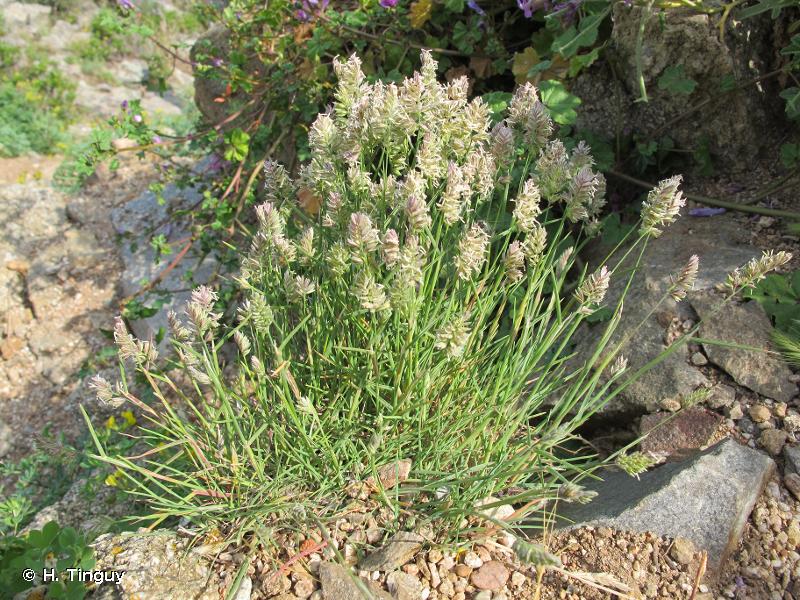
| Author : H. Tinguy |
 |
To get the picture, please visit:
Hugues Tinguy
email : inpn@mnhn.fr
Despite the Creative Commons license, please inform the author of the use which will be made of his photo
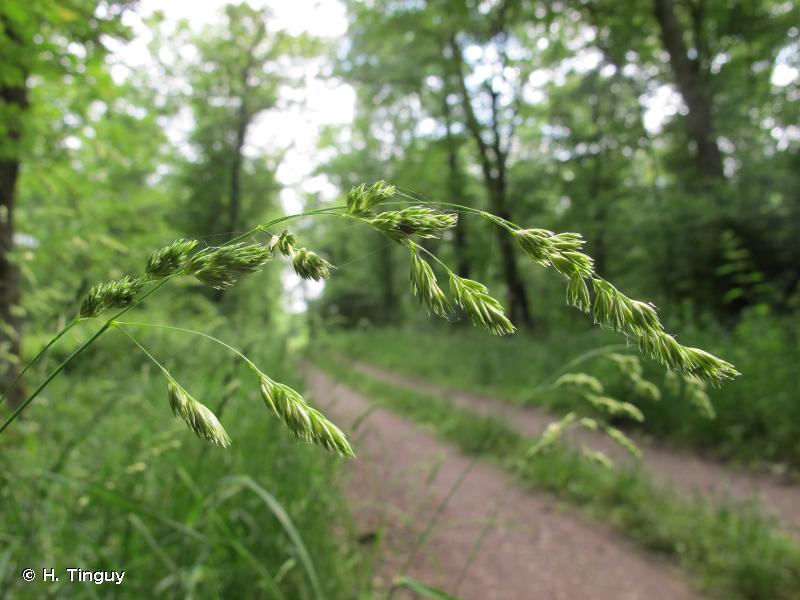
| Author : H. Tinguy |
 |
To get the picture, please visit:
Hugues Tinguy
email : inpn@mnhn.fr
Despite the Creative Commons license, please inform the author of the use which will be made of his photo
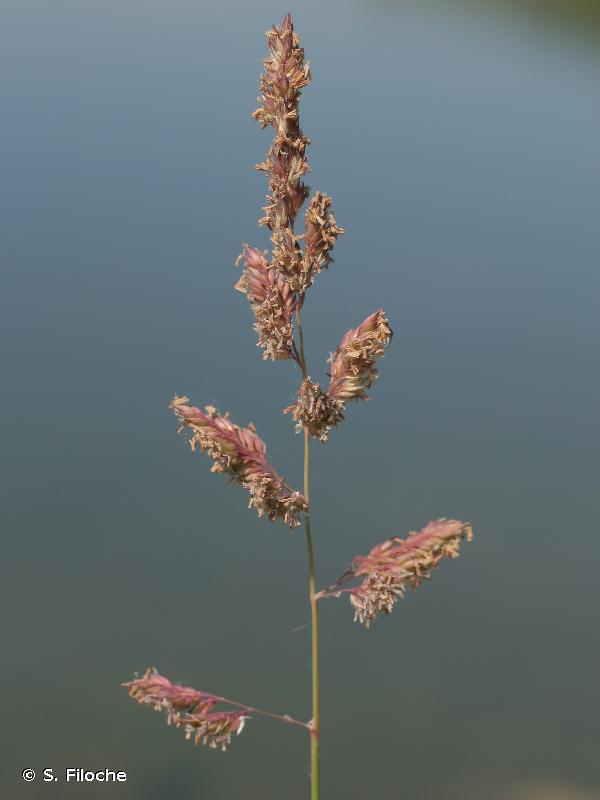
| Author : S. Filoche |
 |
To get the picture, please visit:
Sébastien Filoche,
CBNBP/MNHN
61, rue Buffon - 75005 Paris
email : inpn@mnhn.fr
Despite the Creative Commons license, please inform the author of the use which will be made of his photo
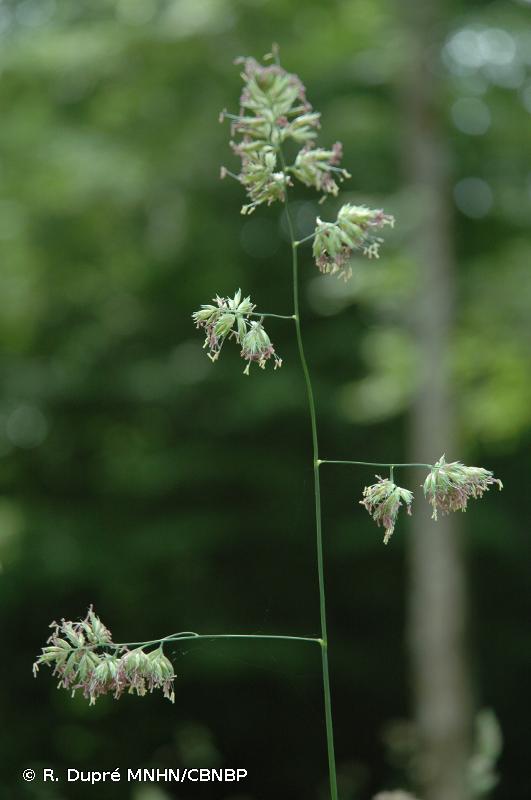
| Author : R. Dupré MNHN/CBNBP |
 |
To get the picture, please visit:
Rémi Dupré
MNHN/CBNBP
email : inpn@mnhn.fr
Despite the Creative Commons license, please inform the author of the use which will be made of his photo
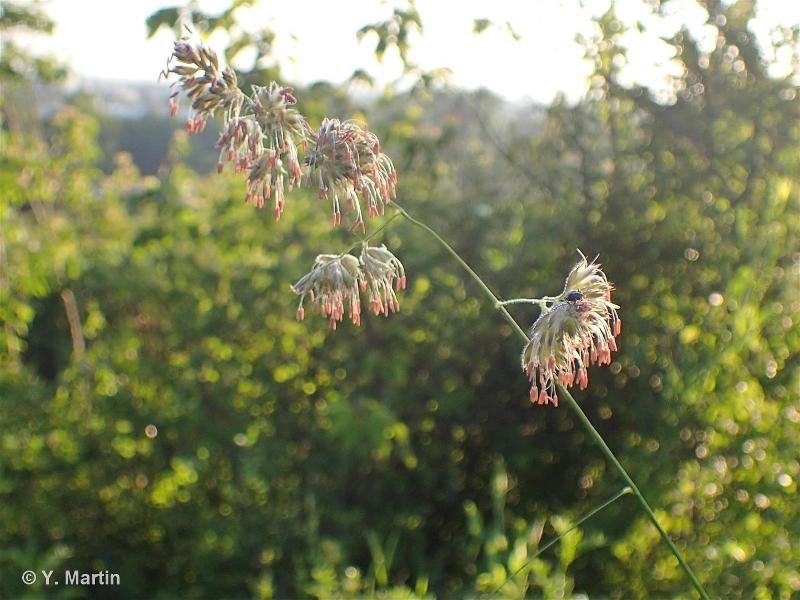
 |
To get the picture, please visit:
Yoan MARTIN
email : martin.yoan95@gmail.com
Despite the Creative Commons license, please inform the author of the use which will be made of his photo
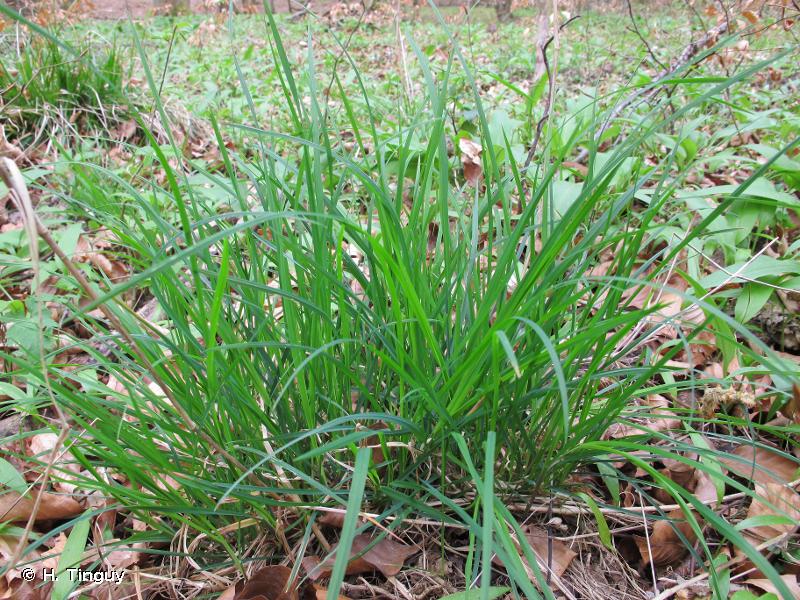
| Author : H. Tinguy |
 |
To get the picture, please visit:
Hugues Tinguy
email : inpn@mnhn.fr
Despite the Creative Commons license, please inform the author of the use which will be made of his photo
Diagnose :
Herbacée vivace de 20 cm à plus d'1m. Le dactyle aggloméré est une graminée de taille variable, assez glabre dans l'ensemble et à ligule membraneuse développée (sorte de languette, en réalité l'épiderme interne de la gaine, partie enroulée de la feuille autour de la tige). Les dactyles forment des touffes plus ou moins denses, leurs gaines sont aplaties et les limbes des feuilles pliés en deux (formant un v) ou planes et de couleur variable mais constamment glauque. Panicules terminaux rameux ou denses, à épillets longs de 5 à 6mm à 3 à 6 fleurs. Les glumes et les glumelles sont caractérisées par une carène ciliée. Enfin les fruits, sont des caryopses oblongs. La pollinisation est assurée par le vent. Les caryopses disséminés par les animaux, en se fixant sur leurs poils, plumes ou vêtements (epizoochorie).
Détermination :
Simple.
Espèces proches :
Aucune confusion possible, mais le taxon reste complexe, avec existence de plusieurs sous espèces.
Période d'observation :
Indiquer les mois ou l'espèce est la plus visible,Exemple : avril à juin ou de façon textuel comme « observable toute l'année » Préciser le stade visible à la période indiquée (adulte, large…).
Biologie-ethologie :
Floraison d'avril à septembre.
Biogéographique et écologie :
Selon le taxon, la région biogéographique et le type d'agriculture, le Dactyle aggloméré peut occuper différents habitats. On le rencontre dans tous types de milieux ouverts : prairies, pelouses xériques, pelouses halophiles, friches, talus, garrigues, clairières… Cette espèce est présente principalement sur les continents européen et asiatique.
D'après : Tison, J.-M., Jauzein, P. & Michaud, H. 2014. Flore de la France méditerranéenne continentale. Naturalia Publications, 2078 pp.
E. Oulès(UMS 2006 Patrimoine Naturel (AFB / CNRS / MNHN)),2016
Continental
Metropolitan France
Overseas
Marine
Metropolitan France
Overseas
The map presents a summary at the 10 x 10 km grid of the observation data for the species transmitted to the SINP. These data have been subjected to validation filters.
The map presents a reference distribution layer of the species at the scale of departments and marine sectors. The presence and absence data were established by expertise within a network of partners. This reference distribution is used in the validation process of the SINP data at the INPN level.
Corresponds to a report on the basis of at least one observation proved within a period of 10 years (20 years for little-known invertebrates) preceding the year and no presumption of extinction since obtaining the last data nor doubt on reproductive and implemented nature of this population. For migratory species, the presence indicated concerns areas of reproduction.
This status is based on one or more of the following criteria:
This point covers the absence, more difficult by nature to demonstrate than presence. This status is based on one or more of the following criteria:
This status must be assigned to a department in which the presence of the species is casual.
Particular case of absence due to a proven extinction less than a half century ago (older disappearances are treated as "no probable or definite").
In the state of knowledge, we can not comment on the presence or absence in the current department. This is the default status when not comprised in one of the previous categories or whenever there is doubt.
The map shows the global distribution of the species based on GBIF data (Global Biodiversity Information Facility).
